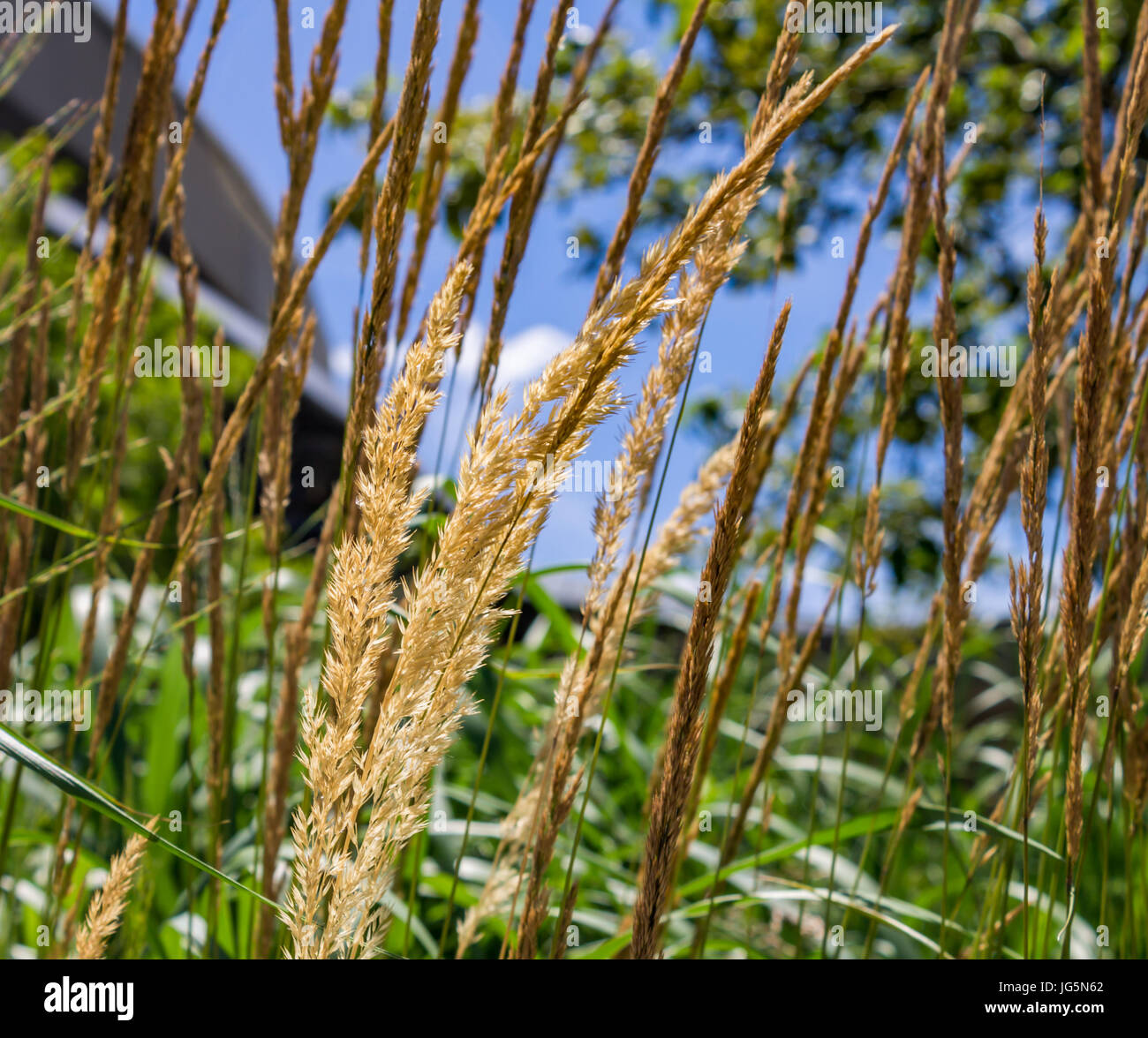

Seem to access water below the top 30 inches of soil. However, even during droughts, they don’t Moisture from below that zone of dense grass roots. Says forbs seem to pull water from shallow depths when they can, but often get their The way forbs use their roots is a little less well-known at However, while they have deeper roots too, they don’t seem to use them to access water from deep in the soil. They dominate the access to water within that zone, especially during times of drought. Prairie grasses have a dense mass of roots in the upper reaches of the soil profile. Plants also have deeper roots, but researchers have shown that those deep rootsĪre rarely, if ever, used to draw water or nutrients, even during periods ofĭocumented within the Great Plains, but also in South Africa and Australia, so Grasses dominate that shallow root zone with Primarily from the top 10 inches or so of the soil. What they’re learning doesn’t fit the story we’ve all bought into.ĭespite having very deep roots, most prairie grasses pull water Increased attention to this topic and continued improvements in technology have allowed researchers to measure how, where, and when plants are drawing water from the soil. Jesse Nippert and his graduate students at Kansas State University. Dave Wedin at the University of Nebraska-Lincoln and it has been reinforced during discussions I’ve had with Dr. This revelation was first shared with me by Dr. The root system beneath these plants plays a major role in that resilience, but not in the way many of us have been taught.

This prairie has survived droughts, grazing, and fire. In fact, they might not be using them to draw moisture at all. Yes, prairie grasses and wildflowers have very deep roots, but research over the last decade or so has built a strong case against the idea that those plants use their deep roots to find moisture during times of scarcity. It’s one of the defining components of prairie ecosystems. After all, deep roots allow those plants to draw water from far down in the soil profile when rainfall becomes scarce. That root depth is frequently held up as a major factor that influences the resilience of prairies in the face of summer drought. Weaver, in particular, is well known for his illustrations of long roots extending below prairie plants. Anyone familiar with prairies has likely seen drawings and photographs showing the incredibly deep root systems of prairie grasses and other grassland plants.


 0 kommentar(er)
0 kommentar(er)
